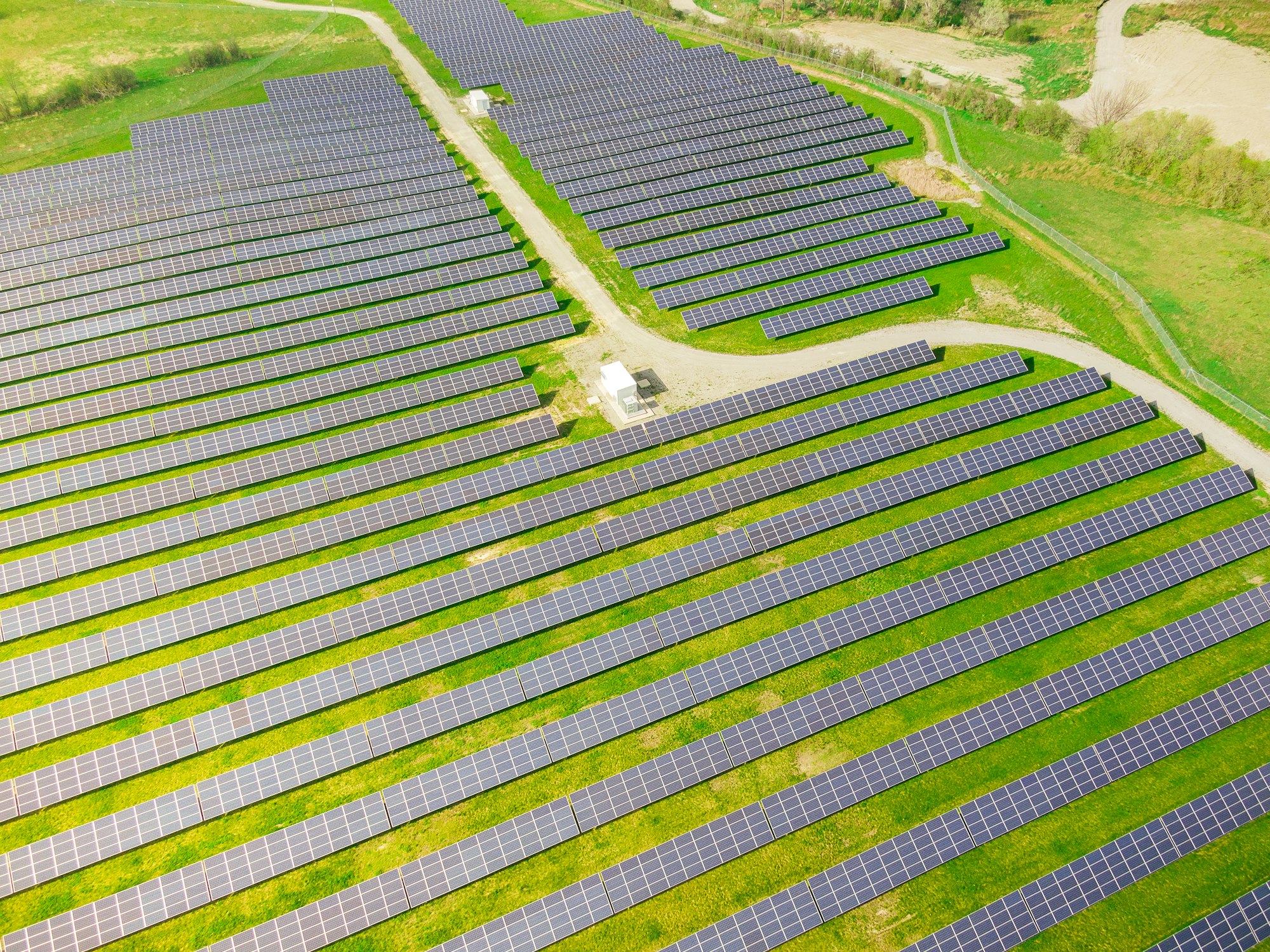Energy Prices Are Up—What Are You Paying For?
Ever wondered why your electricity bill keeps climbing, even though renewables are cheaper than ever?

Renewable generation is the cheapest form of energy generation. It is becoming abundant, and paired with battery storage, we are starting to deploy green energy consistently. So why is our energy price still so high? Why can't renewables undercut other forms of generation?
Short story:
There are many forms of energy generation in our country, some of which cost more to produce than others. Energy demand in the country changes throughout the day, reaching its peak in the evenings when everyone returns from work.
Because different generation methods have different costs, we use a system called merit order, which dispatches the cheapest sources first, like wind or solar. However, renewable generation methods often produce the most energy at different times in the day, leading to a mismatch between peak supply and peak demand. This pushes us to rely on more expensive sources, like gas plants, during the evening peak.
The price of electricity is set by the operating cost of the most expensive generation plant required to meet current demand. This is known as marginal pricing, a system designed to ensure market efficiency, transparency, and stability. It's like everyone paying for the most expensive meal, even if you only had a starter.
Long Story:
Who Sets the Rules? As with most markets, energy is heavily regulated. Rules and policies are made centrally by a governing body called Ofgem (Office of Gas and Electricity Markets). Ofgem’s role is important: it sets these rules of the market, caps default tariff prices to protect households, and holds companies accountable, an example is the Energy Cost Cap.
What’s in Your Bill? Ofgem sets a framework for the energy bill. Suppliers need to meet this framework or be fined and/or reprimanded by Ofgem. Your bill consists of 6 parts: cost of energy, network charges, environmental/social policy cost, supplier operating cost, supplier allowed profit (1.9%), and then 5% VAT. Energy cost makes up a third of your bill, and in history, it's even risen to half. Meaning, the bill increases are mainly the responsibility of the generators.
How is electricity priced? Generators price their electricity using Short Run Marginal Cost (SRMC), which is essentially the cost of producing one additional unit of energy beyond their current production level. Put simply, how much fuel is needed to produce more energy? Renewables benefit here, sunshine and wind are free. This means renewables aren't vulnerable to expensive fuel supply chains or the global political tensions that frequently cause fossil fuel prices to fluctuate. Yet, the sun isn't always shining and the wind isn't always blowing.
Renewables struggle: Now that we understand peak demand and the 'merit order' system, we can start to see why renewables struggle. Without other technologies to support renewables, they fall to their biggest issue, intermittency. Renewables output may not match peak demand, meaning they aren't generating when our population needs energy the most. Therefore, we move to the next method in the merit order and rely on more expensive generators.
Political influences: UK energy prices don’t exist in a vacuum. Global gas imports, international conflicts, and volatile markets all feed into what you pay. For instance, because the UK imports a significant portion of its gas from abroad, events such as the war in Ukraine directly spike our wholesale gas prices. International competition for gas supplies also adds pressure, pushing prices even higher. Ultimately, these global fluctuations trickle down into your electricity bills because gas plants often set the market price, due to marginal pricing, causing you to pay more whenever global instability or supply disruptions occur.
Reducing the price: First, we need more renewable deployment. Increasing the scale of solar and wind generation will mean less reliance on expensive imported fuels, reducing our exposure to global market swings.
But remember, renewables alone can't solve everything; better energy storage is crucial. Battery technologies are improving rapidly, making it possible to store excess renewable energy during the day to use when demand peaks at night.
Upgrading the national grid infrastructure will also make a big difference. A modernised grid could manage supply more efficiently, allowing renewable energy to reach wherever it's needed most.
On the policy side, there are also options to explore. For instance, reforming the marginal pricing model could help reduce price volatility. Ideas being explored include separating renewable pricing from fossil fuel pricing, or introducing long-term renewable contracts at fixed rates. Additionally, policies that incentivise grid-scale storage and demand response programs would smooth out the peaks that currently drive prices up.
Ultimately, combining technological advances with thoughtful policy adjustments offers the best path to lower, stable energy prices in the long run.
Conclusion: Even though renewables are cheap and abundant, our electricity prices remain high because of how our energy market works. The merit order system and marginal pricing mean we often pay more when demand peaks and renewables aren't generating. Global events, like wars or gas supply disruptions, also heavily influence prices, increasing our bills further.
But there's hope. Expanding renewables, improving storage, upgrading our grid, and boosting efficiency can all significantly reduce energy prices. Adjusting how we price electricity could also help ease volatility.










